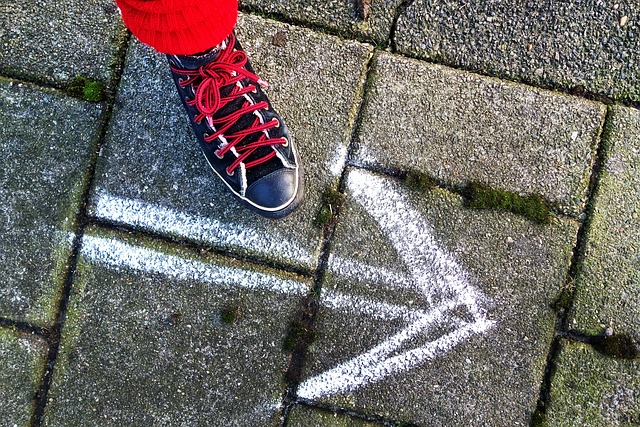

Yellow Pathway
Our Yellow Pathway is split into two, each with its own profile and content.
Students are placed on this pathway following an assessment using our Developmental Ladders.

Yellow Pathway One
Features of learners
| Communication & Interaction | The majority will communicate through means other than verbal. For example:
Intensive interaction and Attention Autism stage one and may progress to two. |
| Sensory & Physical | They may have physical needs which result in support with gross movement. They may struggle with fine motor skills. |
| Cognition & Learning | Students have fleeting attention. They may only have a simple understanding of cause and effect. Learning is mostly supported through small groups or 1:1 modelling of skills or concepts. Pedagogy is based on the ethos of Attention Autism and Intensive interaction through anticipation-building, highly engaging and sensory-based experiences. |
| Social, Emotional & Mental Health | Learning is play-based, following the child’s lead and interests. Using Parten’s stages of play, children access at a low level (e.g. unoccupied, solitary, perhaps moving towards onlooker play). |
| Independence | The majority will need support with personal care, including medical. Lacking an awareness of safety, requiring careful attention |
Provision
Yellow One uses the student’s EHCP to set end-of-year targets based on the outcomes listed. This is not based on subject-specific study, but some early learning concepts. These concepts would be included as part of the child’s play, access to continuous provision and small group/1:1 interactive or modelled sessions.
Learning is child-centred and heavily integrated into play, allowing the student to explore, experiment, and make choices.
There is a focus on creating an environment with consistent, accessible resources that are always available for the student to engage with, supporting independent learning and curiosity (continuous provision).
Adults act as facilitators of learning through carefully planned interventions and observations, particularly using intensive interaction techniques.
Our Yellow classes are small group numbers with high amounts of adult support.
Curriculum Content
Accessing Cognition and Learning levels on the Yellow Pathway assessment framework at:
- Birth-11
- 8-20
- 16-26 (transitional stage to Yellow Two)
- Pre-formal
- Play-based
- Child led
- Communication focus
- Sensory experiences
- Intensive interaction
- Attention Autism
- Anticipation, engagement, tracking
Aspirational Aim
To provide a fun, meaningful, and individualised curriculum that empowers every learner to engage, communicate, and experience the world around them.
Through highly personalised support, multisensory approaches, and nurturing relationships, we aim to foster each student’s sense of self, agency, and wellbeing—enabling them to make choices, develop their unique potential, and participate fully in their community with dignity, joy, and purpose.
Yellow Pathway Two
Features of learners
| Communication & Interaction | The majority will communicate through means other than verbal. For example:
Asking questions using blanks. |
| Sensory & Physical | They may have physical needs which result in support with gross movement. They may struggle with fine motor skills. |
| Cognition & Learning | Being able to communicate their wants and needs. Beginning some supported subject-specific study in a highly personalised way. |
| Social, Emotional & Mental Health | Being able to stay safe within society, including being able to regulate their emotions and sensory load. Developing social communication and relationships. |
| Independence | The majority will need support with personal care, including medical. Lack an awareness of safety, requiring careful attention. |
Provision
This is a pre-formal curriculum which links to EHCP outcomes. Pedagogy is play-based with continuous provision being linked to key learning areas (e.g. fine motor, number, role play, sensory play, reading).
They may begin accessing more subject-specific content with early English (including reading) and Maths lessons. Adults are skilled at supporting early learning skills and often work 1:1 or in small groups for the subject area.
There is a focus on creating an environment with consistent, accessible resources that are always available for the student to engage with, supporting communication attempts, SHREC, enhancements linked to subject-specific tasks. The classroom is often zoned, creating distinct areas for different types of activities and learning experiences.
Students and staff operate within a Total Communication environment. They utilise a range of communication methods, including, but not limited to:
- Makaton
- Communication boards
- Gestalt phrases
- PECS
- Visuals
- High and low-tech AAC.
This is demonstrated in our Total Communication handbooks. Students on the Yellow Two pathway are learning to functionally communicate with the world around them.
Curriculum Content
Accessing cognition learning levels on the yellow pathway assessment at: 22-36
- Pre-formal
- Continuous provision linked to areas
- Shared attention
- Sensory experiences
- Beginning to sit for circle time
- Beginning subject specific
- What's in the box?
- AAC
- Child-led/adult-led
- Blanks 1/2
Aspirational Aim
To provide a personalised and experiential curriculum that supports every young person to communicate in their own way, build trusting relationships, and explore the world around them with curiosity and joy. Through play-based, sensory experiences and consistent, responsive interactions (SHREC)—laying the foundations for meaningful communication, emotional wellbeing, and an emerging sense of self and others. We aspire to create a safe, engaging environment where every young person can connect, participate, and thrive.

